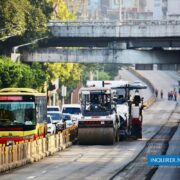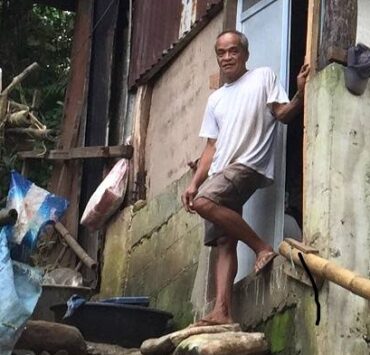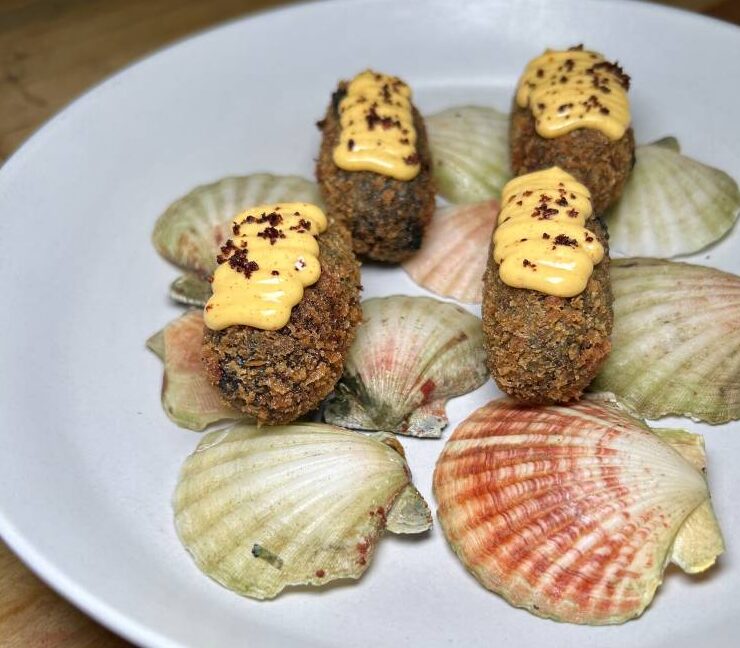Heritage discoveries in Tuy, Batangas
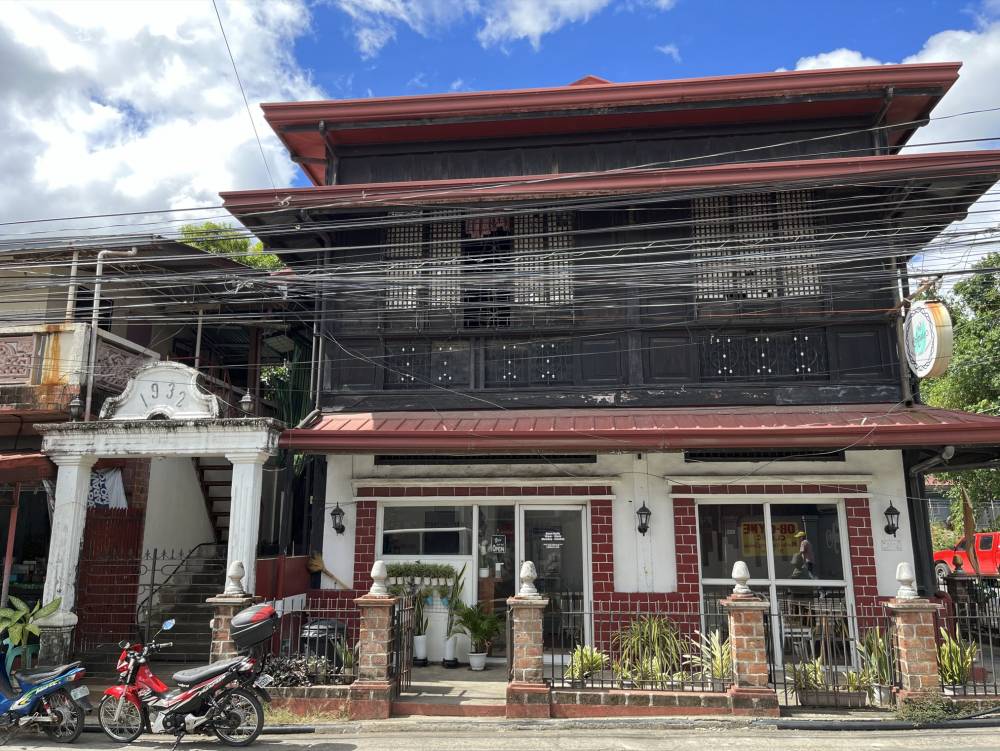
Founded as a town and parish in 1866, Tuy (pronounced “Tuwi”) in Batangas is inconspicuous heritage-wise, compared to its more prominent neighbor Balayan, or the other touristy towns in the province such as Nasugbu and Taal.
Named after the town of Tui in the province of Pontevedra, Spain, or possibly after the mangrove-related tui tree, it is rather destitute in terms of grand heritage houses and is just a place to pass through for those visiting Balayan, its mother town.
However, it packs surprises and interesting vignettes, particularly when it comes to heirloom dishes and lesser known but still important relics of its past.
It is also home to many visual artists dabbling in oil and acrylic painting, wood and wire sculpture, watercolor, and sketching.
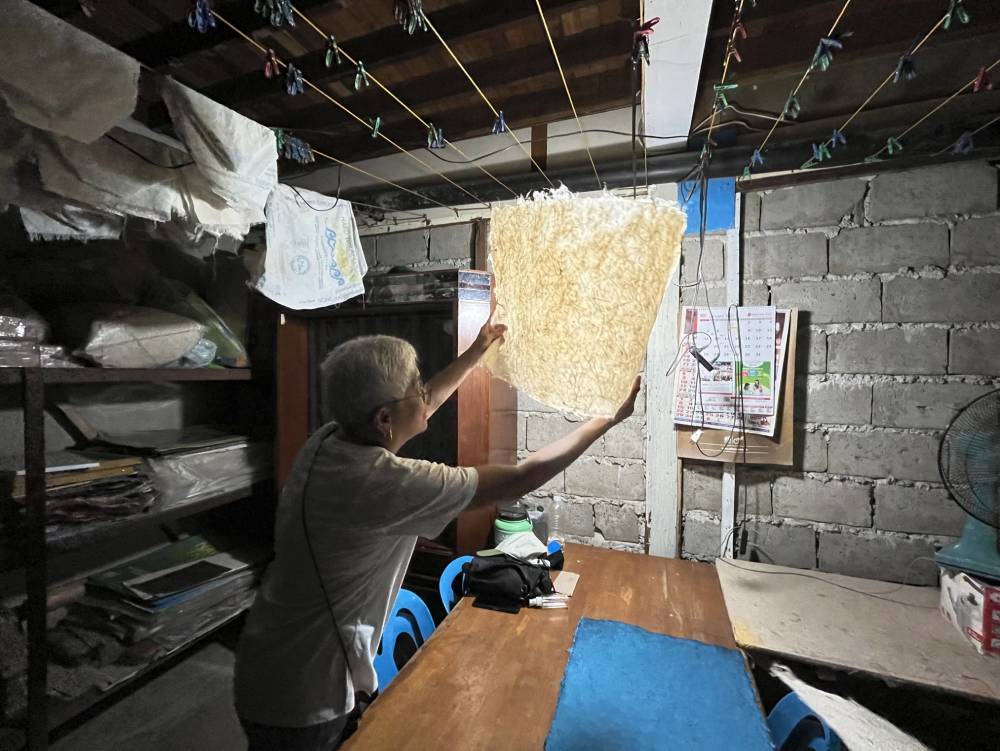
Tuy was and is a secular town just like its neighboring towns of Calaca, Balayan, Lian, and Nasugbu, although Balayan was also administered by the Jesuits and the Augustinian Recollects.
Its major agricultural crop is sugarcane. In the 19th century, a molino (water wheel) was built at a portion of the Mataywanac River. It was used to rotate the wooden rollers called tarapiche (also trapiche), extracting juice from sugarcane stalks.
A rarity in Spanish colonial Philippines, this molino was actually a system composed of a dam made from mamposteria (rubblework), where the dammed water was diverted into a dug-out canal.
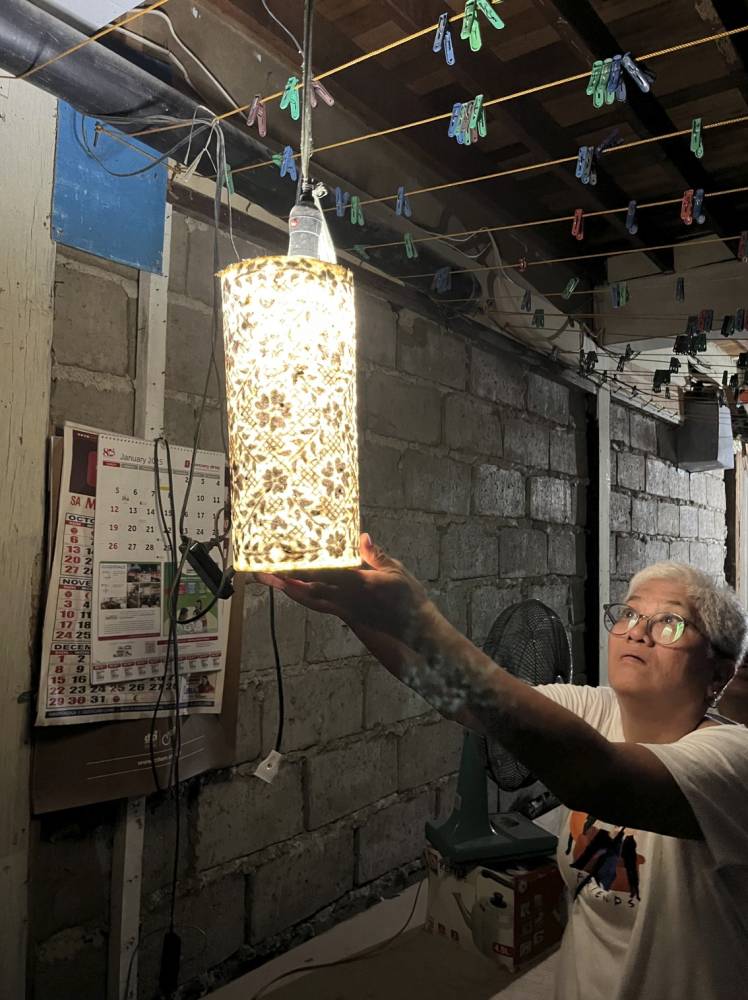
With the wheel placed at the canal, the water powered the wheel, which in turn did the work traditionally done by carabaos.
At the vicinity, there were large cauldrons called kawa, where the puyaw (sugarcane juice) was cooked to produce pulot (molasses), the dried version of which is called asukal na bati.
The molino no longer exists, but the iron wheel and cauldrons, sourced from England, were saved and are now in the possession of the descendants of the original owner belonging to the Afable family.
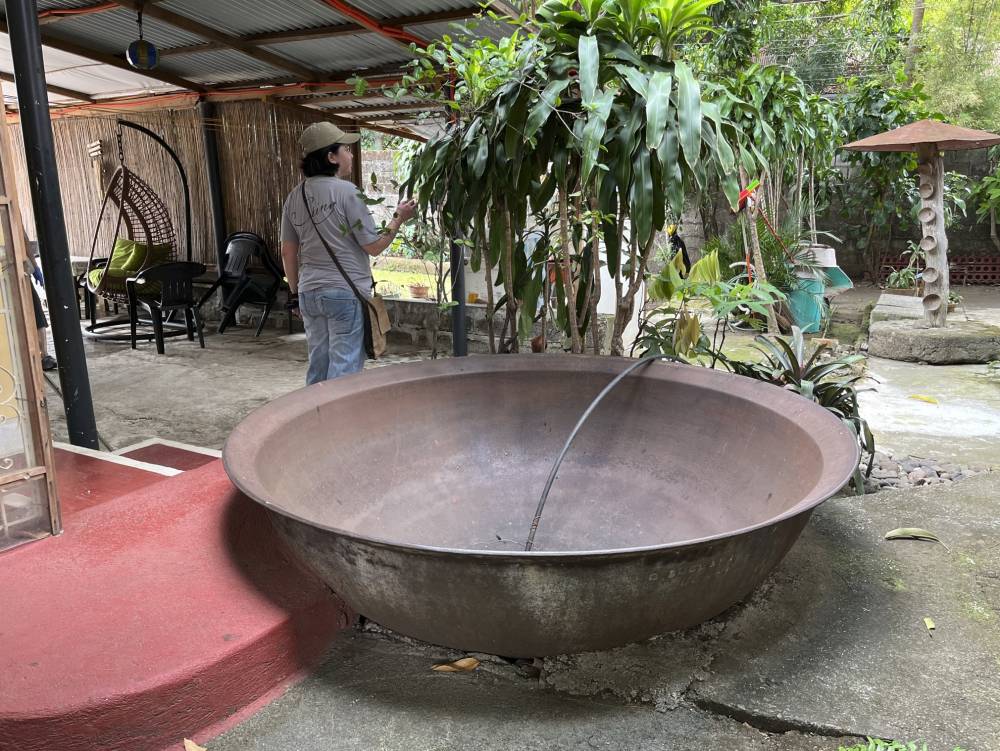
Church relics
Also in the 19th century, its church dedicated to San Vicente Ferrer was first built of light materials. A sturdier one was built in 1891 from plans drawn by government draftsman Tranquilinio Birri of Manila.
Changes were made while it was being built, such as the replacement of poor wood used and the removal of the belfry on its facade.
This church of stone and wood was destroyed during the 1896 Revolution. A concrete one was built in 1952 only to give way to a bigger, Romanesque-inspired church, designed by artist Pando Afable, in the 1990s.
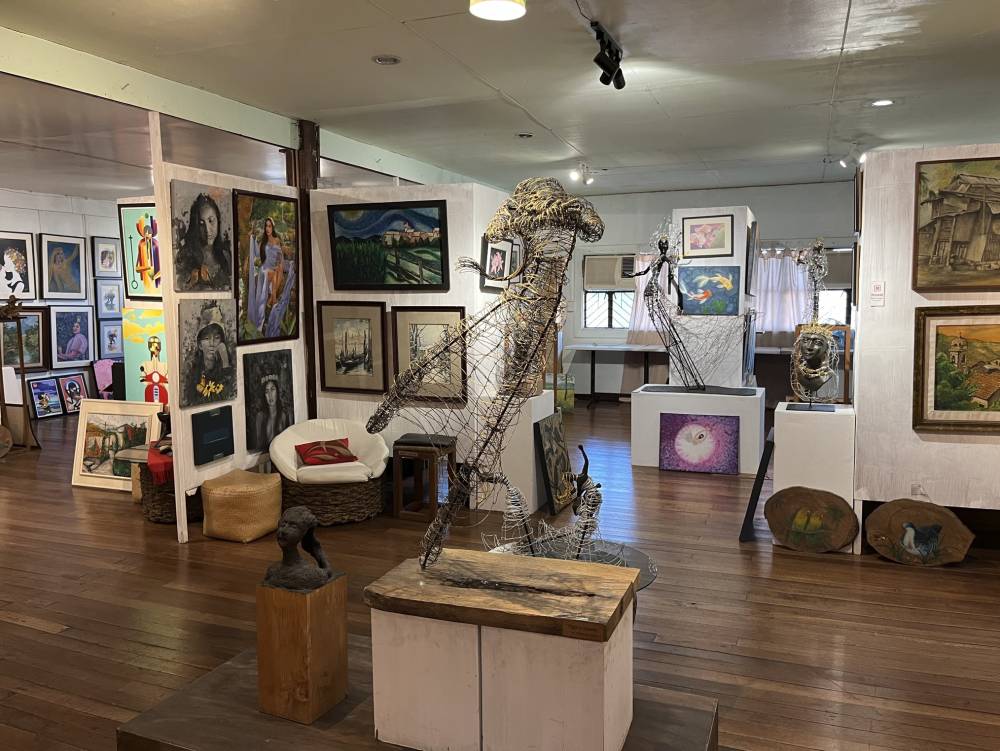
The only remaining relics of the church’s Spanish colonial past are the old wooden image of San Vicente Ferrer and, up until the early 2000s, its marble baptismal font, now possibly lost.
The image of the Santo Entierro might also date from the late 19th or early 20th century.
Not much has survived from the Spanish period in town except perhaps the ruins of an old house-cum-bakery, now an eatery, and remnants of the adobe wall at the Catholic cemetery.
The adobe blocks used to build these structures were most likely locally sourced, as evidenced by the presence of an old quarry at a section of the Mataywanac River, located downstream from the molino.
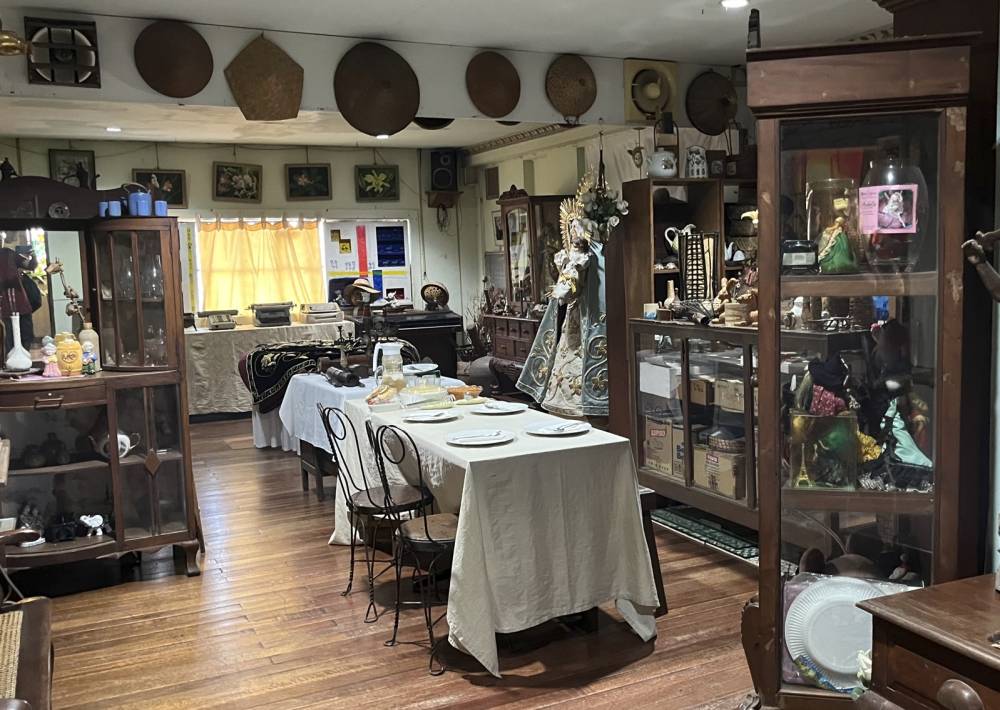
The oldest recognized heritage building in Tuy is the Bahay ni Aling Seria at the corner of Rizal and Gomez streets, built in 1932.
It is a bahay na bato with an arched gate bearing the construction year, high ceiling, period Art Deco furniture, and other furniture distinct to Batangas.
This house is largely intact even if a modern section was added at the back and its silong is now a food and beverage joint.
Apart from this, the town has very few remaining American period and post-war to mid-20th century houses.
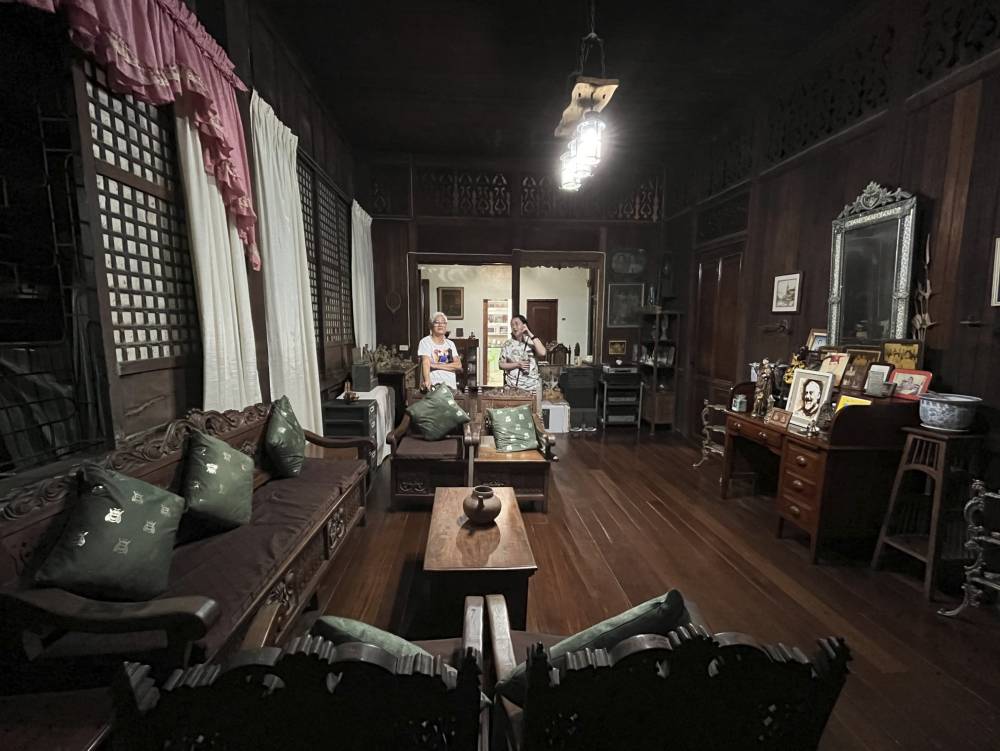
A standout from the American era is the main building of the Gregorio Paradero Elementary School, a Gabaldon-type school needing restoration.
Dating from the 1940s is an intriguing trench used during World War II, another interesting heritage of the town.
Art galleries
Called Pasong Hapon (Japanese Pass), it is a 100- to 200-meter seamlessly dug adobe trench used by the Japanese forces as passage to the nearby river.
Tuy’s Rizal monument is also of note. Built in 1956, it was marked by the National Historical Commission of the Philippines in 2021, the only marked site or structure in town thus far.
Located at the town center is Casa Antonio, a former tailoring shop, now a commercial square featuring an art gallery and mini museum called Tuy Art Hub and Gallery owned by the Afable family of artists and artisans.
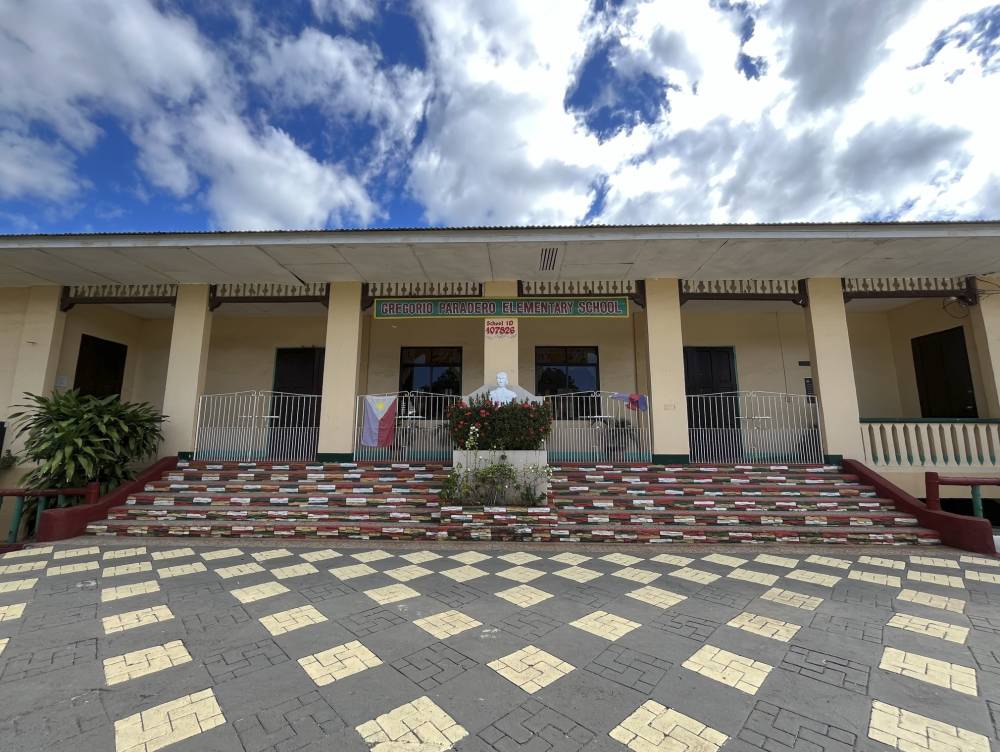
The art hub features works by members of the local art group Pintor Kulapol, cofounded by Afable in 1993, while the gallery exhibits indigenous arts and crafts, Batangas furniture, an impressive well-researched Afable family tree, war paraphernalia, Tuy’s first television set (Festival brand), and other collectibles.
The area also serves as the base of Tuy Arts and Designs, a social enterprise that processes abaca waste to make artisanal paper, which is then made into products such as greeting cards, lampshades, home decor and accents, food containers, and handcrafted notebooks.
Established in 1998, this business owned by the Afable siblings—Antonio, Ana Marie, Ana Belle, Manny, and Pando—is a staple of national arts and crafts fairs and other trade fairs. Its products are also exported to Japan.
Another art gallery in town is the Creation Art Gallery Studio owned by artist Nante Carandang.
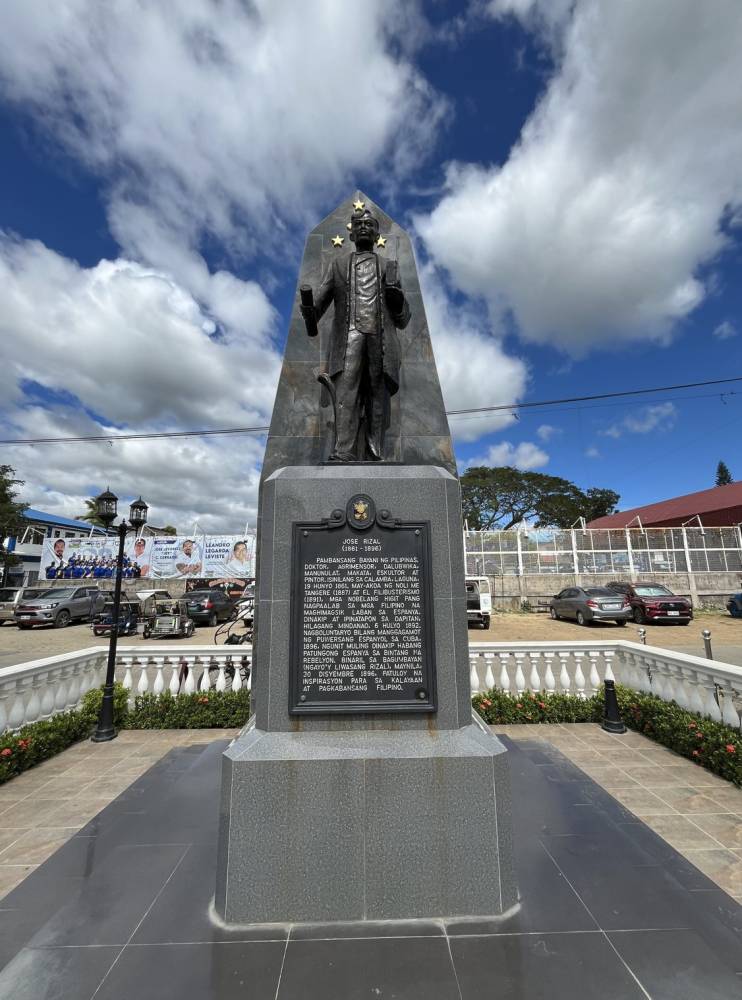
In terms of its table fare, Tuy is proud of its version of the toasted bread biscocho, jacobina biscuits, and kalderetang kambing (goat meat stew).
It is likewise proud of its menudong bukid, which does not use tomato or tomato sauce, and the delectable and savory adobong puti, an heirloom recipe.
For its natural heritage, the town boasts two small waterfalls called Lagunlong in Rillo village and Ambon-Ambon in Toong village.
Also part of Tuy is a section of the inactive volcano, Mt. Batulao, popular with hikers and mountain climbers. The town also has an airstrip for light aircraft.
Author’s note: Thank you to the Afable family for their help and hospitality. Spanish-era historical data, particularly on the church, came from Regalado Trota Jose’s essay in the 2002 book, “Batangas: Forged in Fire.” The terminology of sugar production came from Adriel de la Vega.











